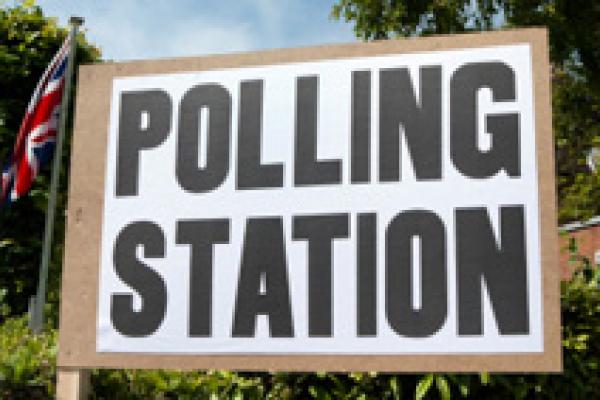When you try to put democracy into action you quickly run into tricky maths problems. This is what happened to Andrew Duff, rapporteur for the European Constitutional Affairs Committee, who was charged with finding a fair way of allocating seats of the European Parliament to Member States. Wisely, he went to ask the experts: last year he approached mathematicians at the University of Cambridge to help come up with a solution. A committee of mathematicians from all over Europe was promptly formed and today it has published its recommendation.





